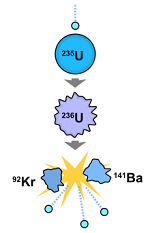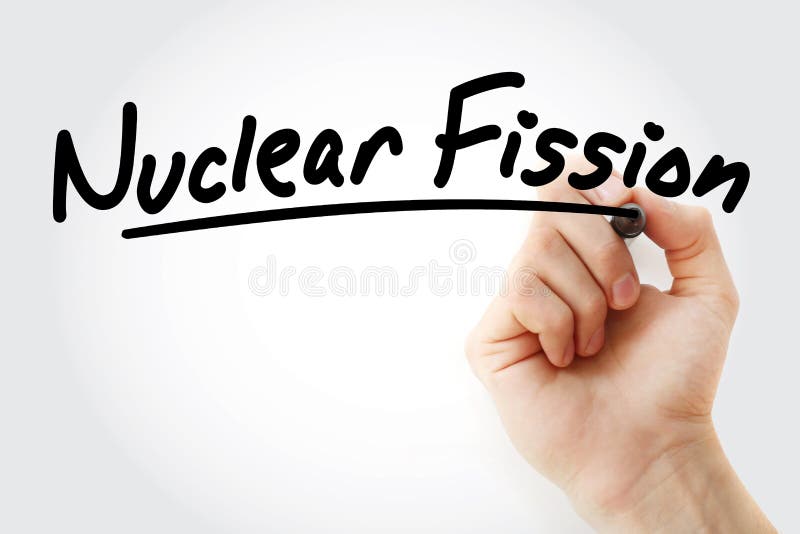

That said, even though North Korea has not yet publicly demonstrated a capability to deliver a functioning nuclear re-entry vehicle on a long-range ballistic missile does not necessarily indicate that it is not working on developing one or could not field one without publicly demonstrating it. However, it is unclear whether it has managed to develop fully functioning nuclear warheads that can be delivered by intercontinental ballistic missiles and, following violent atmospheric re-entry, detonate as planned. It is widely assumed that North Korea has operational nuclear warheads for its short-range and medium-range missiles. However, there is considerable uncertainty about which of North Korea’s missiles have been fielded with an active operational nuclear capability.

It has detonated six nuclear devices – one with a yield of well over 100 kilotons – and test-flown a variety of new ballistic missiles, several of which may be capable of delivering a nuclear warhead to targets in Northeast Asia and potentially in the United States and Europe.

North Korea has made significant advances over the past two decades in developing a nuclear weapons arsenal.


 0 kommentar(er)
0 kommentar(er)
